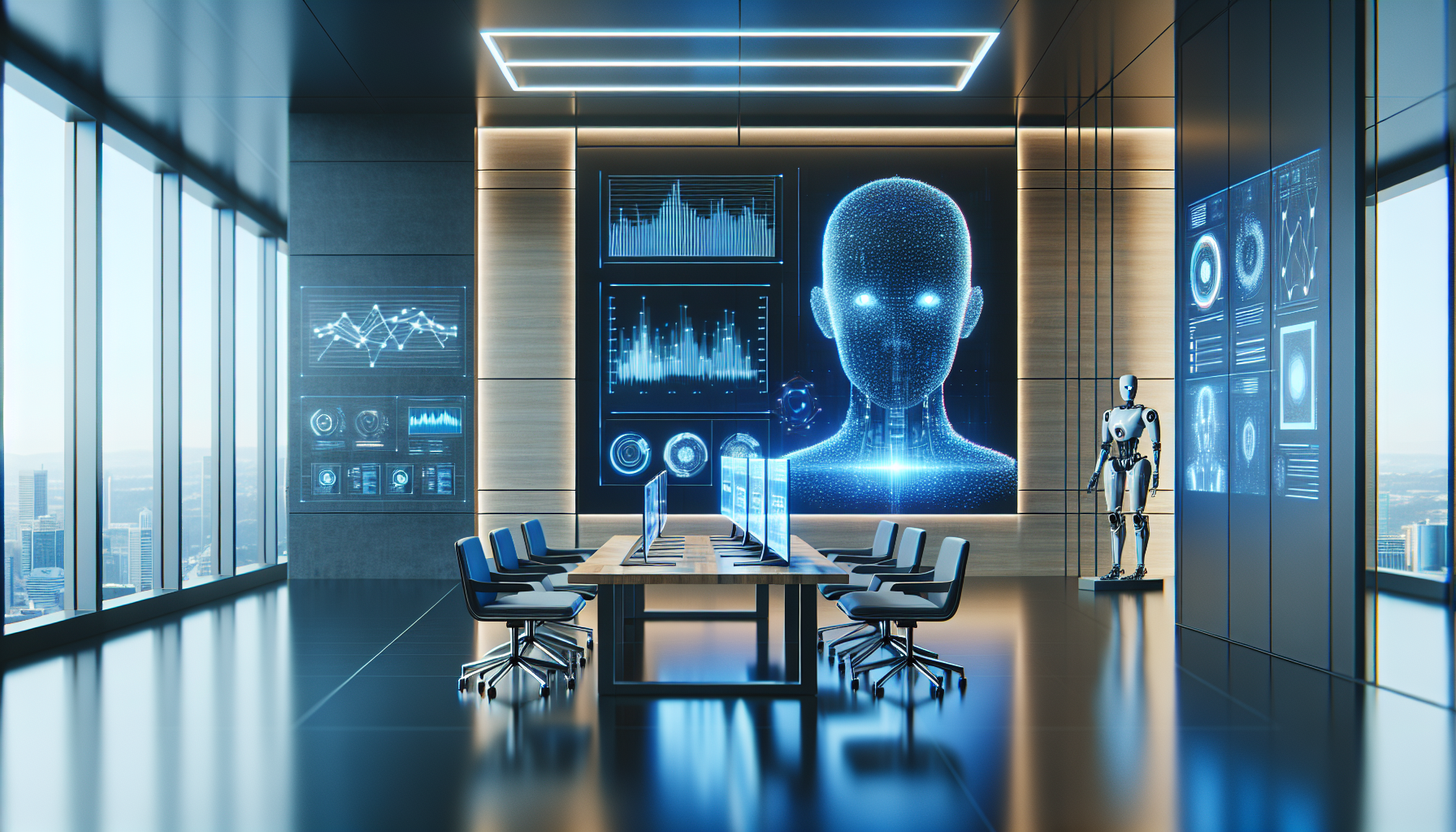
AI in the Fashion Industry: The Cutting Edge of Style and Technology
June 19, 2025
Artificial Intelligence (AI) is reshaping the fashion industry, offering both innovative tools and challenging the traditional paradigms of style and creativity. The integration of AI into fashion is not merely a trend but a profound shift that is redefining every aspect of the industry—from design to retail. As AI technologies continue to evolve, the possibilities for their application in fashion are expanding in exciting ways, offering both opportunities and challenges for designers, manufacturers, and consumers alike.
One of the most significant contributions of AI to fashion is in the realm of design. AI algorithms can analyze vast amounts of data from fashion shows, social media, and retail websites to identify emerging trends and predict future ones. This ability to anticipate consumer preferences is invaluable for designers seeking to create collections that resonate with their audience. Moreover, AI can generate novel design ideas by combining elements from different styles, fabrics, and colors. This process, known as generative design, offers designers a powerful tool to augment their creativity and experiment with new forms and aesthetics.
Another area where AI is making waves is in personalized fashion. By leveraging machine learning algorithms, fashion brands can offer personalized recommendations to consumers based on their browsing and purchasing history. This level of personalization extends beyond simple suggestions to creating entirely custom garments tailored to an individual's preferences and body measurements. Virtual fitting rooms, powered by AI and augmented reality, allow consumers to try on clothes virtually, enhancing the online shopping experience and reducing return rates.
AI's role in supply chain optimization is another significant development. The fashion supply chain is notoriously complex, involving multiple stakeholders and processes. AI can streamline these operations by predicting demand more accurately, optimizing inventory management, and reducing waste. Machine learning models can analyze historical sales data, weather forecasts, and social media trends to forecast demand with remarkable precision. This capability is crucial for reducing overproduction, a persistent issue in an industry increasingly scrutinized for its environmental impact.
AI is also transforming the manufacturing process through automation and robotics. Automated sewing machines and cutting systems, guided by AI, can produce garments with greater efficiency and precision than traditional methods. This automation reduces production time and costs, enabling brands to respond more quickly to market demands. However, this shift towards automation raises concerns about the future of jobs in the fashion industry, particularly for skilled workers in developing countries. Balancing the benefits of AI-driven efficiency with the need for sustainable employment remains a critical challenge for the industry.
In retail, AI is enhancing customer engagement and satisfaction. Chatbots and virtual assistants, powered by natural language processing, provide instant customer service, offering styling advice and answering queries. These AI-driven tools not only improve the shopping experience but also gather valuable data on consumer behavior, informing future business strategies.
Despite these advancements, the integration of AI into the fashion industry is not without its challenges. One of the primary concerns is the ethical implications of AI-driven decision-making. Algorithms trained on biased data can perpetuate stereotypes and exclusionary practices, undermining efforts to promote diversity and inclusivity in fashion. Ensuring transparency and fairness in AI systems is essential to prevent such outcomes.
Moreover, the reliance on AI presents a philosophical challenge: the tension between creativity and machine-driven design. Fashion has traditionally been a domain of human expression and artistry. The increasing role of AI in design raises questions about the nature of creativity and originality. Can a machine truly capture the essence of human-inspired design, or will AI-driven fashion inevitably lack the soul and spontaneity that define human creativity?
As AI continues to permeate the fashion industry, it is crucial for stakeholders to navigate these challenges thoughtfully. The potential of AI to revolutionize fashion is immense, but it requires a careful balance of technological innovation and human insight. Embracing AI's capabilities while addressing its limitations will be key to shaping a fashion industry that is both innovative and inclusive.
In this evolving landscape, the question remains: How can we harness the power of AI to enhance the art of fashion while preserving the human touch that makes it truly unique? This inquiry invites reflection and dialogue, offering a path forward for an industry on the brink of transformation.


